Shortage of Venom Extracts
 Most insect bites cause “local reactions” resulting in redness and/or swelling at the site of the bite which usually subsides in a few days. However, stings by 5 different types of insects (honey bee, yellow jacket, yellow-faced hornet, white-faced hornet, and wasp) belonging to the Hymenoptera species, can cause a life-threatening “systemic reaction” (i.e., anaphylaxis) in sensitized individuals. Approximately 5% of the population has had systemic reactions to stinging insects.
Most insect bites cause “local reactions” resulting in redness and/or swelling at the site of the bite which usually subsides in a few days. However, stings by 5 different types of insects (honey bee, yellow jacket, yellow-faced hornet, white-faced hornet, and wasp) belonging to the Hymenoptera species, can cause a life-threatening “systemic reaction” (i.e., anaphylaxis) in sensitized individuals. Approximately 5% of the population has had systemic reactions to stinging insects.
The more common symptoms of anaphylaxis may include:
- Swelling of the lips, face, throat, and/or tongue (i.e., angioedema)
- Difficulty breathing, wheezing, chest tightness, and/or coughing
- Dizziness or lightheadedness which could signify a drop in one’s blood pressure
- Abdominal cramping and/or diarrhea
- Nausea and/or vomiting
- Generalized itchiness (i.e. pruritus) and/or hives (i.e., urticaria)
Avoidance of stings by insects is not always possible and the reactions tend to get progressively more severe with each sting. In fact, many fatalities are reported in the U.Ss every year from insect stings.
A highly effective form of treatment called venom immunotherapy (i.e., allergy shots for venoms) significantly reduces the risk of severe reactions in sensitized people. The process involves building up tolerance by injecting gradually increasing doses of commercially made “extracts” from the insect venoms at regular intervals. Venom immunotherapy has been credited with saving a number of lives and helps people live without fear of a serious reaction from insect stings. Venom immunotherapy is effective in preventing a systemic reaction to further insect stings in approximately 95% of individuals that go on such treatment.
In the U.S., there are only two companies (i.e., ALK and HollisterStier) which manufacture insect venom extracts which are utilized as antigens during venom immunotherapy. Unfortunately, since October 2016, ALK Laboratories has notified that it is unable to fill orders for Hymenoptera venom extracts due to manufacturing difficulties. It is not known how long it will take to restore normal production and distribution.
HollisterStier has indicated that it is doing everything possible to equitably distribute the available venom and to ramp up production of the venoms to help deal with the shortage. However, it is expected that increased production will take time to reach the market.
As the demand now exceeds supply, there is a need to judiciously manage the reduced availability of commercial extracts. The American Academy of Allergy, Asthma, and Immunology came up with guidance for allergy/immunology practices all over the country regarding the measures that are needed to mitigate the venom shortage that likely will exist for some period of time.
There are 4 strategies to be considered until the shortage eases up:
- Increasing the maintenance interval
- Decreasing the maintenance dose
- Suspending or restricting treatment in patients with the lowest risk of severe reaction to stings
- Scrupulous avoidance of wastage of extracts in mixing and administration
In the Washington, DC, Northern Virginia, and Maryland metropolitan area, the board certified allergists at Black & Kletz Allergy are striving to increase the supply of venom extracts by following the recommendations of the American Academy of Allergy, Asthma, and Immunology in order to make available the extracts to our patients according to their risk profiles. Black & Kletz Allergy treats both adults and children for venom sensitivities and we have convenient office locations in Washington, DC, McLean, VA (Tysons Corner, VA), and Manassas, VA. The Washington, DC and McLean, VA offices are Metro accessible and there is a free shuttle that runs between our McLean, VA office and the Spring Hill metro station on the silver line.
We encourage all our patients to call us and discuss their concerns over the venom shortage situation and we would be happy to answer any questions that may arise. If you would like to make an appointment, please call us or alternatively, you can click Request an Appointment and we will respond within 24 hours by the next business day.

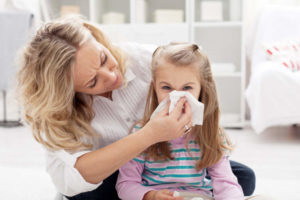 How does one distinguish whether they have a
How does one distinguish whether they have a 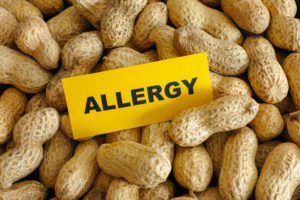 More and more children and adults are being diagnosed with
More and more children and adults are being diagnosed with 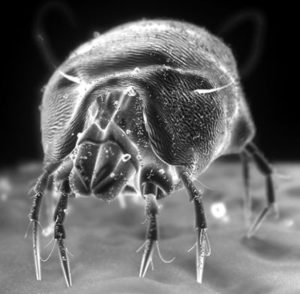 What are dust mites ?
What are dust mites ? People in the
People in the 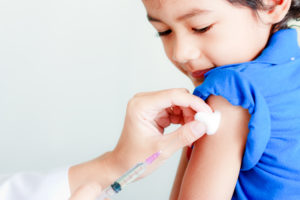 About 220 million doses of vaccines are distributed in the United States each year. Mild swelling and redness at the site of the injections and fever lasting for 1 to 2 days are very common reactions after vaccinations. These adverse reactions do not preclude receiving future doses of the vaccines. Rarely, however, sensitivity to a vaccine constituent may cause a lump at the injection site several hours after its administration, and this is also not a contraindication to subsequent vaccination. In cases of severe adverse reactions, on the other hand, it is prudent to avoid further vaccination with that particular vaccine. In these cases, a board certified allergist may measure the levels of IgG antibodies to the immunizing agent(s) to detect whether the individual has the sufficient amount of protective antibody levels. Depending on the levels, the allergist can help determine whether further doses are needed. If needed, the allergy doctor will discuss the risks of re-vaccination and may desensitize the individual to a particular vaccine, if the ability exists for that immunizing agent.
About 220 million doses of vaccines are distributed in the United States each year. Mild swelling and redness at the site of the injections and fever lasting for 1 to 2 days are very common reactions after vaccinations. These adverse reactions do not preclude receiving future doses of the vaccines. Rarely, however, sensitivity to a vaccine constituent may cause a lump at the injection site several hours after its administration, and this is also not a contraindication to subsequent vaccination. In cases of severe adverse reactions, on the other hand, it is prudent to avoid further vaccination with that particular vaccine. In these cases, a board certified allergist may measure the levels of IgG antibodies to the immunizing agent(s) to detect whether the individual has the sufficient amount of protective antibody levels. Depending on the levels, the allergist can help determine whether further doses are needed. If needed, the allergy doctor will discuss the risks of re-vaccination and may desensitize the individual to a particular vaccine, if the ability exists for that immunizing agent.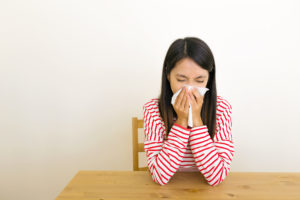 Most people are aware of many of the typical allergies that a lot of individuals suffer from, but did you know that there are many unusual allergies that are kind of common? Some of the classic allergies or allergic conditions that most people have heard about include
Most people are aware of many of the typical allergies that a lot of individuals suffer from, but did you know that there are many unusual allergies that are kind of common? Some of the classic allergies or allergic conditions that most people have heard about include  What is it?
What is it?